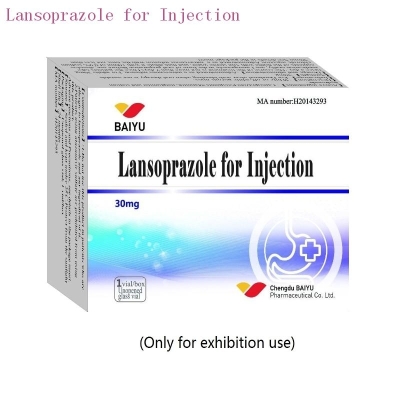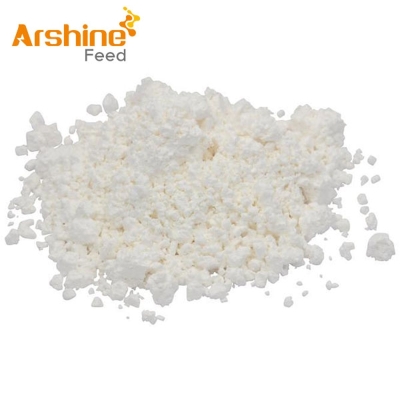6 types of early gastric cancer that counted negative for Helicobacter pylori
-
Last Update: 2020-06-23
-
Source: Internet
-
Author: User
Search more information of high quality chemicals, good prices and reliable suppliers, visit
www.echemi.com
This paper reviews 1,741 cases of early gastric cancer and evaluates H.PinfectionOf these, 19 cases (1.1%) were diagnosed with HPINGC (Hp negative stomach cancer), HPINGC was divided into 6 types, namely:undifferentiated type (5 lesions)stomach sub-demurin type (2 lesions)sepsis (1 lesions)claustrophobic type (3 lesions)small concave type (5 lesions)mixed Type (3 lesions)each type is immune grouped, including: MUC5AC, MUC6, MUC2, CD10, p53, MIB-1, Pepsino-I, H/K-ATPase, chromogranin A, E-cadin and gastrinThe specific values are shown in the table below:the essence of this classification is the possible source of gastric cancer based on gastric mucosa (gastric type):described separately below:undifferentiated typelesions are mostly flat (0-II b), pale color, located in the M or L area, especially around the stomach cornerIf the tumor cells are not covered by the normal mucous membranes, the dividing line can be well identified in the lesions Conversely, it is difficult to detect dividing lines In this group of data, 4 cases were indochean cell carcinoma and 1 case was low differentiation Although several studies have reported that most of these lesions only invade the mucous membrane, three of the lesions (60%) in this group of data have invaded the lower layerofa Immune tissue chemistry tests did not show any regularity; some lesions were negative not only for MUC2 or CD10, but also negative for MUC6 The MIB-1 index is 5% to 40%, and compared with other types, the e-cadherin level is significantly lower stomach gland type are mostly in the U zone, yellow to brown, with a smooth bulge (SMT) pattern NBI-ME shows branched blood vessels and dilating hidden nests Tumor histology manifests itself as the invasion of the lower layer of the mucous membrane by the mid-differentiated tube-like adenocarcinoma (Tub2) Tumor cells MUC6 positive, substrate adenoid lesions can exhibit the characteristics of the main cell, its secretion of gastritoprotease-I and lipase, usually located in the deep part of the mucous membrane layer, because this type of stomach cancer is gastric protease progenion-I or H-K-ATP enzyme-positive The MIB-1 index is between 5% and 30% There is no decrease in E-cadherin levels the of the septum gland type are located at the junction of the gastroesophageal, recessed and red Irregular surface structures were observed in NBI-ME Pathological characteristics are not clear, as only one case was found in this study, well-differentiated tube adenocarcinoma (Tub1) The muC5 and MUC6 positive, and the optotherative gastric protease-I in the immunohistochemical examination suggestthat the ego gland type may be driven by mucus secretion cells and gastric gland cells The MIB-1 index is 30%, with no decrease in E-cadherin levels the claustrophobic the claustrophobic gland type is mainly located in the L zone, that is, the claustrophobic gland area It is characterized by a dented erosion with swelling of the mucous membrane No blood vessels or surface irregularities were observed at the main part of the lesion However, its irregularity may be observed in the depression area by The NBI-ME The main ingredient is highly sized MUC6 positive tube adenocarcinoma Unlike other types, this type exhibits intestinal characteristics, CD10 plus, and also shows a positive chromium-like granulocyte (CGA plus) The MIB-1 index was 10% in 1 case, 50% in 2 cases, and the E-cadherin level did not decrease small concave small concave epithelial type is shown as bulging (0-IIa) white lesions, with obvious demarcation, mostly in the U-zone NBI-ME shows nipple-like surfaces and irregular or mildly irregular blood vessels Of these, 5 were papillomavirus and 3 were highly desated tube-adenocarcinoma Immune tissue chemical tests suggested that MUC5AC and MUC were positive, showing a tendency to differentiate into small concave epithelials, while gastric protease ingenition-I and H-K-ATP enzyme-negative The MIB-1 index is 5% to 10% in 4 cases and 10% to 20% in 4 cases In 4 cases, the E-cadherin index is 300 One case is located near the scar after endoscopy, which may affect the patient's E-cadherin expression level hybrid mixed type is mostly yellow to red, the boundary is not clear, the surface is uneven, there are bulges and depression parts Tumor histology analysis showed high lysing or moderate differentiation of tubular adenocarcinoma Immune clustering presents diversity This type appears to consist of several cell types, such as small concave epidermal cells, gastric suboptimal cells, claustrovalve cells, or intestinal cells Some cases were MUC6 positive and showed intestinal characteristics, while some were positive for gastroprotease-I and H-K-ATP enzymes, as well as MUC5AC The MIB-1 index is between 20% and 40% Most lysy membrane cancer Its E-cadherin level did not decrease a sense of post-reading: this 666 classification is possible, but the characteristics of each type is still to be discussed and perfected, because its biggest defect is the number of cases is too small, so some types of characteristics are not enough to be trusted, to be supported and verified by a large amount of data in the future knowledge point supplement note: 1 About E-cadherin (E-calcitonin): in the normal epithelial E-cadherin is always consistently and consistently positive in the cell edge region, and in most tumor tissues show low expression relative to normal tissue; Similar results were demonstrated in colon, liver, lung, breast, prostate, bladder, stomach, pancreatic, ovarian, cervical and head and neck cancers In tumor tissue, the positive indication of tumor is high differentiation, low malignancy, negative is low differentiation, high degree of malignancy 2 About small concave epithelial gastric cancer: this type of gastric cancer is based on the Japanese classification criteria, while WHO may classify it as small concave type variant hyperploff This type of gastric cancer is low-type high differentiation/ ultra-high differentiation adenocarcinoma The endoscope shaves in two forms: one is shown in the text as a flat faded tone (LST-like), and the other is a red bulge (raspberry-like) 3 On immunoclusterization: the commonly used immune grouping indicators of the digestive system (from the screenshot of the contents of the fourth lesson of The Pathology Class of Mr Jinzhu) ReferenceS: sweepthe monks To hear The Source: Sweeping monk
This article is an English version of an article which is originally in the Chinese language on echemi.com and is provided for information purposes only.
This website makes no representation or warranty of any kind, either expressed or implied, as to the accuracy, completeness ownership or reliability of
the article or any translations thereof. If you have any concerns or complaints relating to the article, please send an email, providing a detailed
description of the concern or complaint, to
service@echemi.com. A staff member will contact you within 5 working days. Once verified, infringing content
will be removed immediately.







